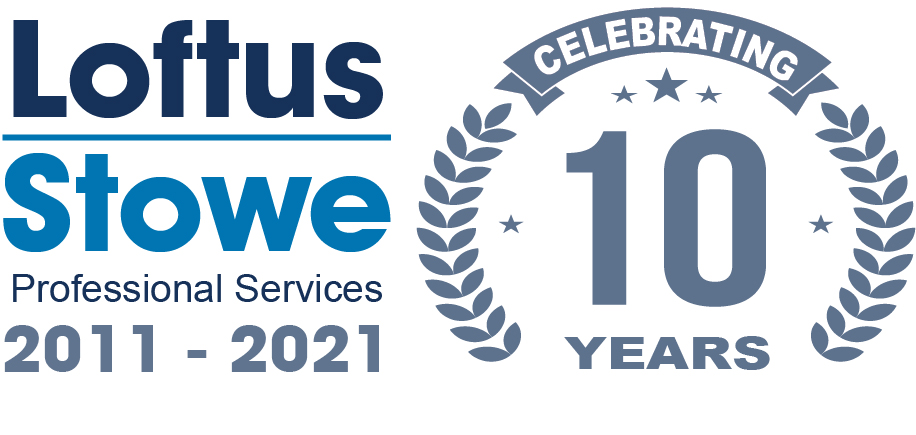Shares of Next (LSE: NXT) have cratered 27% compared tothestart of 2016 after a profit warning in March from management over slowing sales growth. While analysts are rightly worried about competitors catching up to Next in its formerly trailblazing online sales offerings, the sell-off may have been overdone.
Online is still strong. 2015 saw Next Directory sales increase a full 7.7% year-on-year and operating margins dip only marginally from 24.5% to 24.4%. Of course, the market is forward-looking so the lowered guidance for 2016 hurt share prices, but sales are expected to continue growing and theres little reason to expect margins to suddenly plummet.
Next is now a mature business facing a lower growth scenario in the UK, but management is rightly focused on improving online offerings to entice more customers as well as expanding overseas. With management focusing on the right steps to take, shares trading at 11.8 times forward earnings with a 3.8% yielding dividend should at least pique the interest of contrarian investors.
Growth potential
The UKs most famous technology brand, ARM (LSE: ARM), has seen shares slip 10% from thestart of the year despite a 14% rise in Q1pre-tax profits. The main reason for the falldespite this continued growth are fears that slowing global demand will hit ARM hard since its the worlds leading chip designer for smartphones. Indeed, sales of Apples iPhone, one of ARMs largest customers, did fall year-on-year for the first time last quarter.
Yet management has seen this decline in smartphone growth coming for some time and has been shifting into designing chips for connected Internet of Things devices. The key to whether this transformation will be as profitable for investors as smartphone chips is to watch operating margins, which dropped to a still-astounding 48.6% in Q1. However, if management can stabilise margins after a major hiring spree, shares look are looking cheaper than they have in years at 27 times forward earnings. ARM has a proven record of designing top-of-the-line chips for new business lines, over 1bn in cash, and high enough growth to make that valuation attractive for investors looking to get in on a proven winner.
Investing in Royal Bank of Scotland (LSE: RBS) would take a very hardy contrarian, but the bank does offer significant turnaround prospects. RBS shares have dropped 29% in 2016 after it posted its eighth consecutive annual loss. Yethidden under all the fines and restructuring costs lies a reasonably sound retail bank with return on equity of 10.9% in Q1.
The task for RBS will be to extricate itself from the billions in toxic assets it still holds in its Capital Resolution division. Theres been good news on this front as risk-weighted assets fell 36.7bn over the past year and are targeted to decline to 30bn by the end of 2016. And if the company can finally sell off the Williams & Glyn retail bank, it will be able to resume dividend payouts after last quarters final payment to the government. While this process will take some time, RBS had proved adept at divesting non-core assets and refocusing on domestic retail banking. Furthermore, with shares trading at just a 0.46 price/book ratio, theres significant upward rerating possible. For a risk-hungry investor willing to take more pain in the short term, RBS could be an intriguing option.
Ian Pierce has no position in any shares mentioned. The Motley Fool UK has recommended ARM Holdings. We Fools don’t all hold the same opinions, but we all believe that considering a diverse range of insights makes us better investors.





